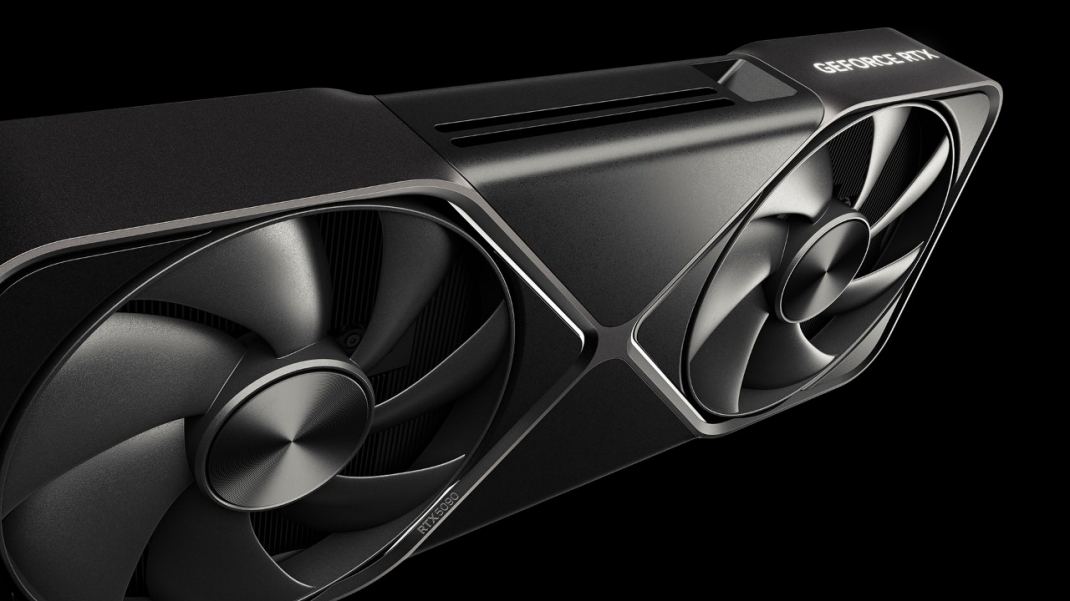It isn’t unreasonable for GN to have that opinion. If you were looking to spend 1000 on a video card and the 4080 didn’t compel you why would this?
I can buy a $1000 card today even though I didn’t want to last month. Time and circumstances aren’t static.






